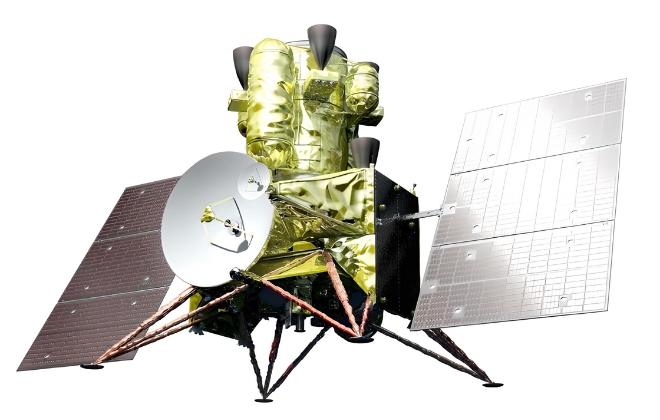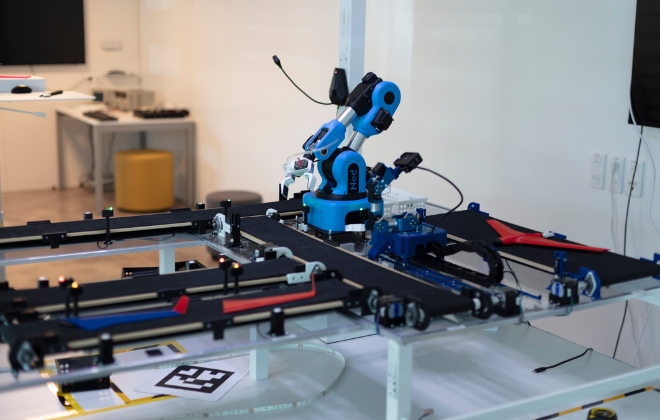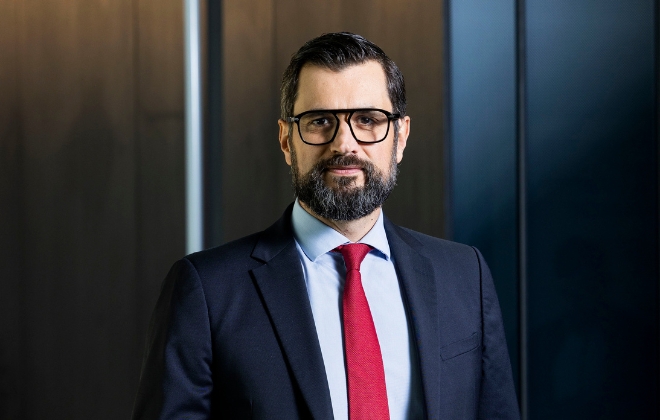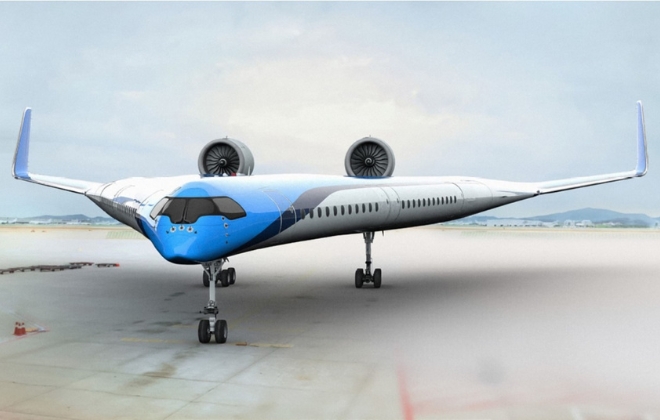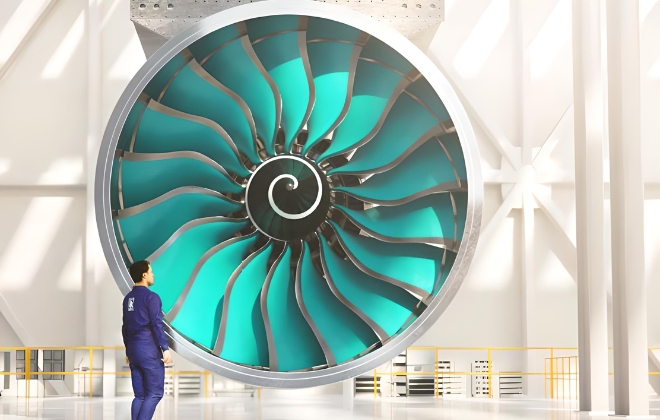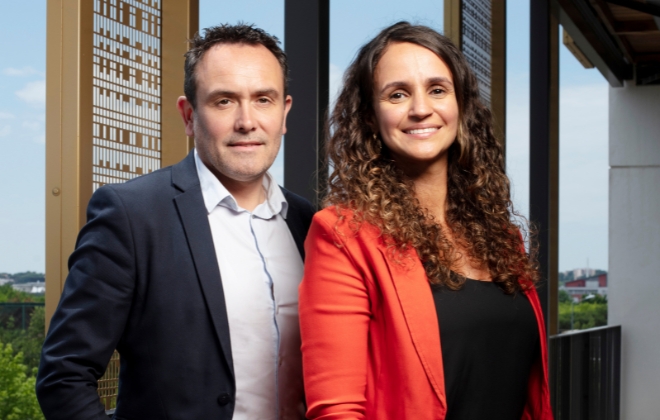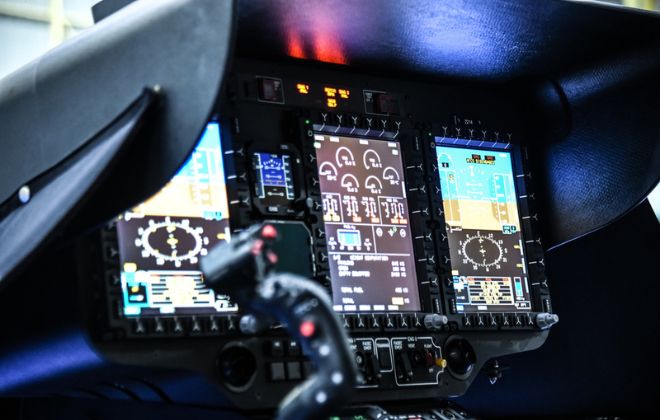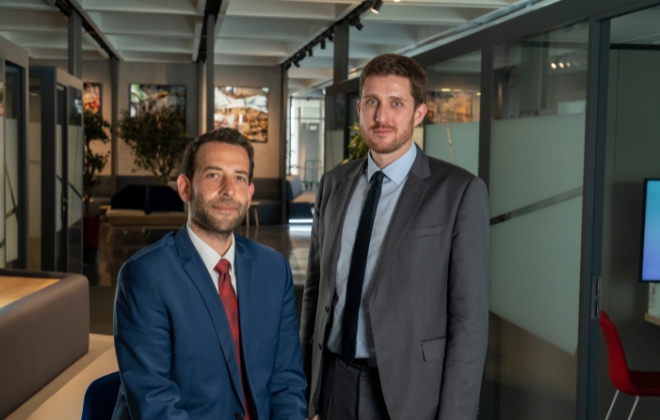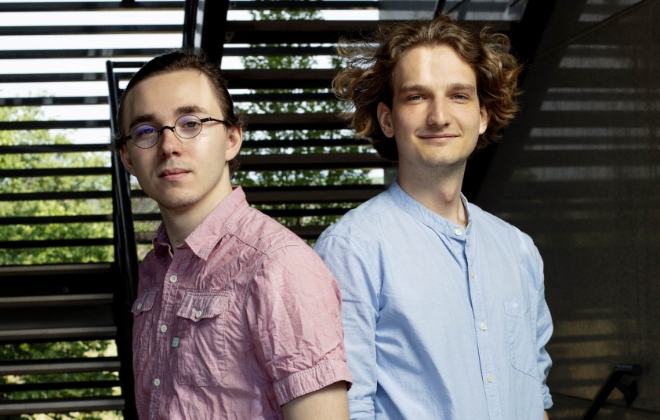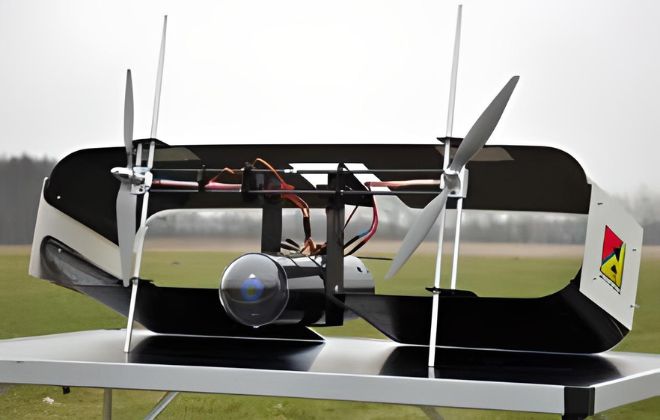Imagining the drone of the future
Syrphus GmbH and ALTEN Germany partnered to develop the drone of the future: a hybrid aircraft with efficient horizontal flight, combined with the capability for vertical take-off and landing.
After 24 months of research, Syrphus GmbH and ALTEN came up with a drone prototype that combines the performance of fixed-wing aircraft, in terms of endurance and speed, with the advantages of being able to take off and land vertically. The drone can cover ranges far beyond those of a standard unmanned multicopter; it can validate missions beyond the visual line of sight, retain aerodynamic stability over a wide range of speeds, and hover to record accurate, high-quality images.
Simplified architecture – extended range
With two propellers, the drone is extremely compact in design, with no rudder or tail boom. Its take-off weight is less than 25 kg, including sensors and data link systems. By simplifying its steering as much as possible, the designers have facilitated the craft’s transition from hover to cruise flight.
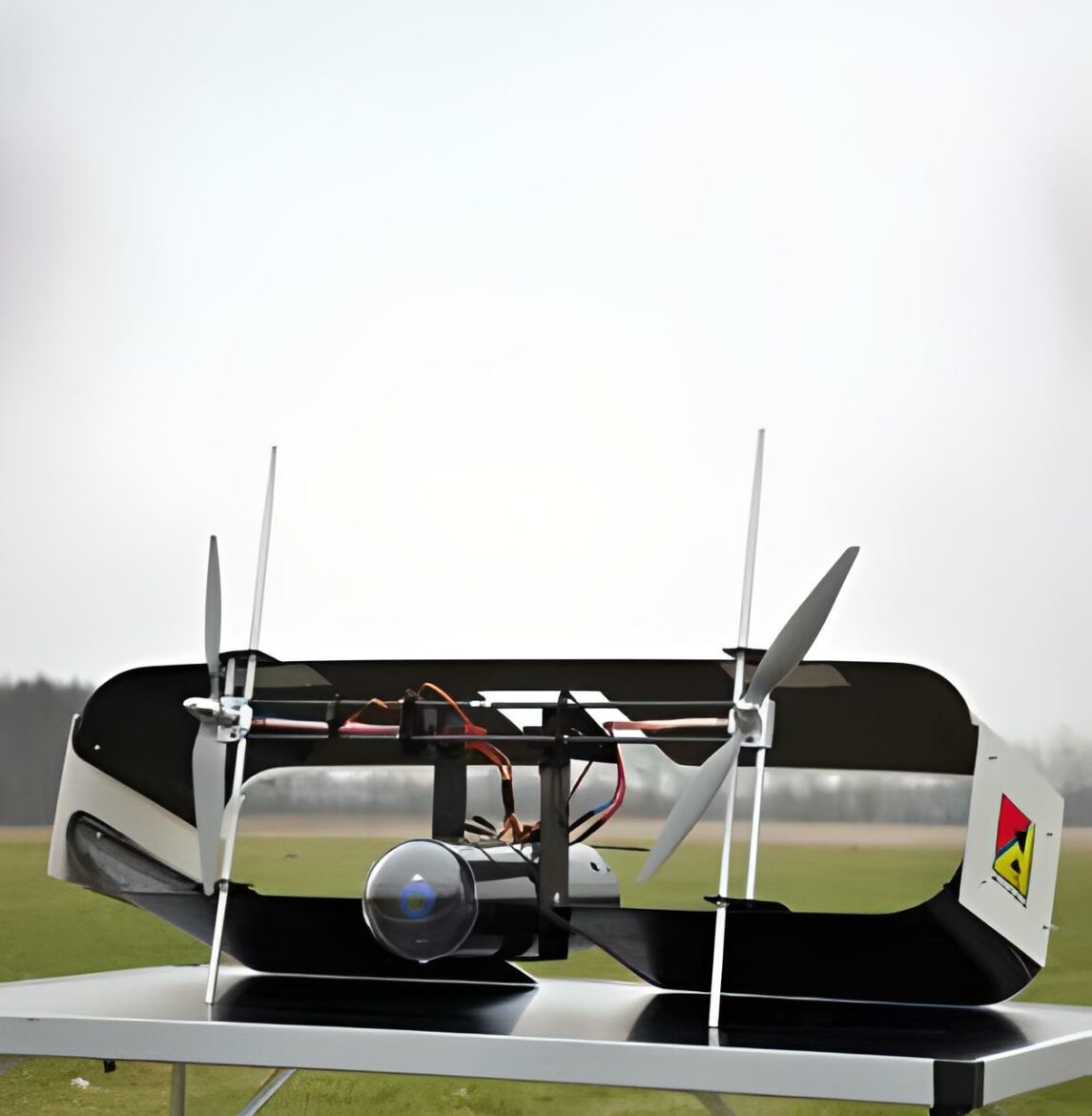
The concept of the drone is to be able to monitor pipelines, power lines or railways over very long distances. Its slow horizontal or vertical flights facilitate the inspection of mobile and transmission towers, often located in inaccessible or even dangerous areas, to facilitate maintenance and detect anomalies. It can also be used to observe buildings, large construction sites and industrial structures, to facilitate cost estimates for their maintenance.
Objective: Air taxi
The drone’s modular concept permits the combination of several airframes of varying sizes; different configurations can help to meet the demands of numerous applications. Some of the drones can carry small loads, such as medicines or blood bags. In the future, this could include larger deliveries, such as food during catastrophes, spare parts, tools or other industrial materials.
The achievements
ALTEN consultants contributed to computer-aided design for the drone as well as stress calculations, software and hardware development, micromechanics, electrical installation and testing. Three prototypes of variable dimensions have already been developed. Tests were carried out in a wind tunnel as well as in external environments, reproducing real flight conditions. Syrphus GmbH has also set up one of the first outdoor test areas in Germany to validate the equipment for flying beyond visual line of sight and to perform the necessary validations and certifications to further develop the conceptualized hybrid aircraft.
The drone developed by Syrphus GmbH & ALTEN Germany has caught the attention of the civil security authorities in the Lower Saxony region. Syrphus GmbH has also signed a cooperation agreement with them. The work will include a small drone for urgent and rapid interventions, led for instance by firefighters and police, and a larger one for transporting disaster response equipment over longer distances.



